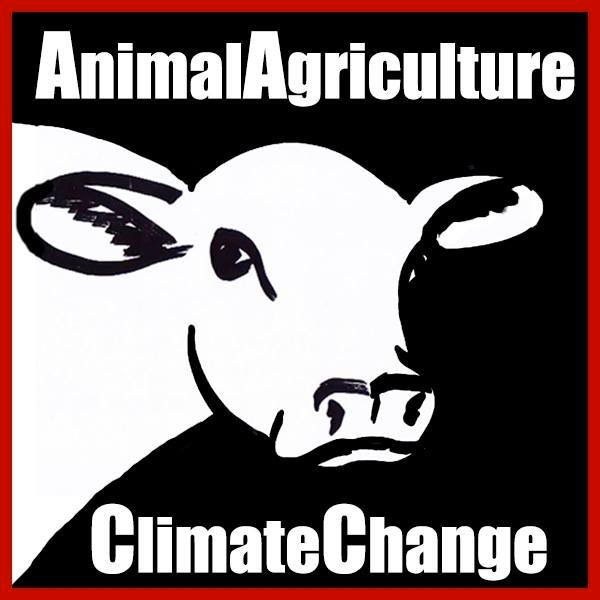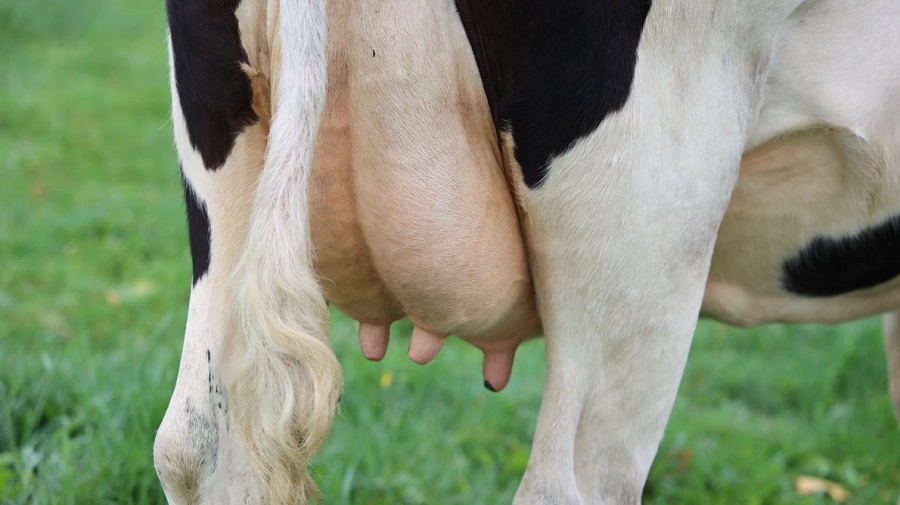A report by the Institute for Agriculture and Trade Policy shows that meat and dairy companies are polluting more than major oil companies.
A recent report by Shefali Sharma, director of the Institute for Agriculture and Trade Policy (IATP), reveals that dairy corporations are a major contributor to the global rise in greenhouse gas emissions (GHGs).
The report, “Milking the Planet” investigates the environmental impact of some of the world’s largest dairy corporations. Sharma finds that 13 of the world’s largest dairy corporations emitted more GHGs in 2017 than two of the world’s biggest fossil fuel emitters: BHP, the Australia-based mining, oil, and gas giant and ConocoPhillips, the United States-based oil company. Despite this, none of the 13 companies have committed to an absolute reduction of emissions from their dairy supply chains. In this report, Sharma determines ways in which climate goals can be integrated within farming policies, for a greener dairy and meat production system.
Food Tank had the opportunity to speak with Sharma about her work at IATP, how the livestock industry affects Greenhouse gas emissions, and the role of dairy consumers in climate change.
Food Tank (FT): How can the United States dairy industry supply enough dairy to meet the country’s demand while reducing carbon emissions?
Shefali Sharma (SS): The United States produces way more dairy than it needs. It exports a lot of dairy. But there is an over-production problem that is driving down prices and forcing small to mid-sized dairy farmers out. The question is, how much dairy is really needed? There needs to be a transition out of the industrial model of livestock production with massive numbers of cows in one place that have extra manure. This is incentivized by cheap feed, government-backed loans for mega-dairies, and methane digesters as a solution to climate change. Instead, there should be a shift away from this model to low-density stocking well-managed pasture. The alternative model will sequester carbon, increase soil health, and ultimately lead to a better climate. Making this transition would still allow the United States to have enough dairy to meet the demand. We have to ask how much is too much? The United States is clearly an over producer.
(FT): In your report, you mention that New Zealand has implemented new laws to reduce greenhouse gas emissions. Why are these policies effective?
(SS): These policies have just come into force. The policy has targets for 2030 and 2050. A law sends a clear signal to the supply chain and companies that things have to change. Governments need to enact different sets of policies to transition to low emitting production systems that do not put all of the burden of investments on producers. The farmers should not bear all the risk. In New Zealand, particularly, dairy herds have doubled in 20 years. In their country, there had to be a reduction in production to become environmentally sustainable. New Zealand’s dairy farmers are also dealing with low prices. Less production can mean more fair prices and more sustainable livelihoods. What these policies must do is not place the burden just on the producers.
(FT): Can these policies be adopted by other countries struggling with high carbon emissions, like the U.S.?
(SS): Absolutely. The United States has to start with some of the basics. Some of the findings of our report show what needs to be done. Dairy and meat production companies do not report dairy output or animals slaughtered. These are done on a national basis or you can sometimes find out through other industries’ sites. This makes it difficult to access this information. The lack of information means we cannot properly account for carbon emissions. A second aspect is few dairy companies have set targeted emission reductions. The ones who do, have different targets, so it is hard to compare. For our report, we looked carefully into targets. We saw that even when there is transparency in what is accounted for, it is hard to see that these targets have been independently verified. Currently, a lot is wrong with holding the sector accountable for carbon emissions. First, there needs to be a standardized way of doing that. Then governments must set targets, keeping the supply chain in mind, in order for the burden to not fall on the producers. Actually, taking steps towards a transformation of production will lead to biodiversity and soil health.
(FT): If mega-dairy factories are a main contributor to carbon emissions, how can the country promote and revive small and medium family farm businesses?
(SS): What needs to change is the conversation around what is good for the climate when it comes to meat and milk. Right now, the mainstream discussion around agricultural carbon emissions is that industries are much more efficient than small scale decentralized grass-based systems. The logic behind this is based on per unit of milk measurement, and by that measure these companies emit much less greenhouse gases. We must go beyond this and look into science. The largest numbers of studies have focused on intensive industrial systems. We need to fund science that examines the more extensive, pasture-based systems and value they provide. We need to figure out what systems are able to adapt to deal with climate change today. Evidence shows that more extensive systems are resilient. Intensive systems with narrow genetics and additive concentrated feeds are more vulnerable. From the climate perspective, we need more science showing how systems sequester much more carbon when well managed. The narrative and fixation on emissions intensity, emissions per unit of meat or milk, is not the metric that is important. What is important is the overall emissions and resilience in agricultural systems. As long as the focus is on intensification, we are not going to reach our goal to reduce emissions. There need to be fewer animals and a less intensive system. This will be better for producers and lead to fair prices of dairy and meat.
(FT): What effect would a transition to small and medium farms have on carbon emission levels?
(SS): What people need to realize about the small and medium-size farms is that the whole chain needs to change. There need to be decentralized slaughterhouses and dairy farms. There cannot be just a few large production companies controlling the system. We’ve seen this in the COVID-19 crisis. If the meat supply is in jeopardy because large companies are not dealing with the safety and labour issues, the whole supply chain is in jeopardy. There needs to be more decentralization. Producers would be paid their cost of production and make a profit. Small and medium producers can thrive. The challenge of transitioning the system is a political battle. If we want an agricultural future that is good for the planet, there is no other alternative but to move in this direction.
(FT): What can the average U.S. consumer do to help reduce carbon emissions even if they continue purchasing dairy products?
(SS): This is the tricky part. Right now, consumers can buy organic value or grass-fed dairy or beef. Consumers need to look at the labels of these products and find those that are animal welfare approved. Those products come with a premium right now. We need to move towards a world where the ideal standard becomes mainstream. Right now we pay more for those meat and dairy products. It is not just about consumers going out to buy these meat and dairy products. People need to tell governments that they want it to be easier to get these products. People need to tell their government that resources and incentives which currently go towards milk that they do not want to drink, should go towards milk that they do want to drink. People need to not just be consumers, but also be active citizens.
Original source: https://foodtank.com

